A Place-Based Approach Is Helping D.C. Children in Poverty Succeed
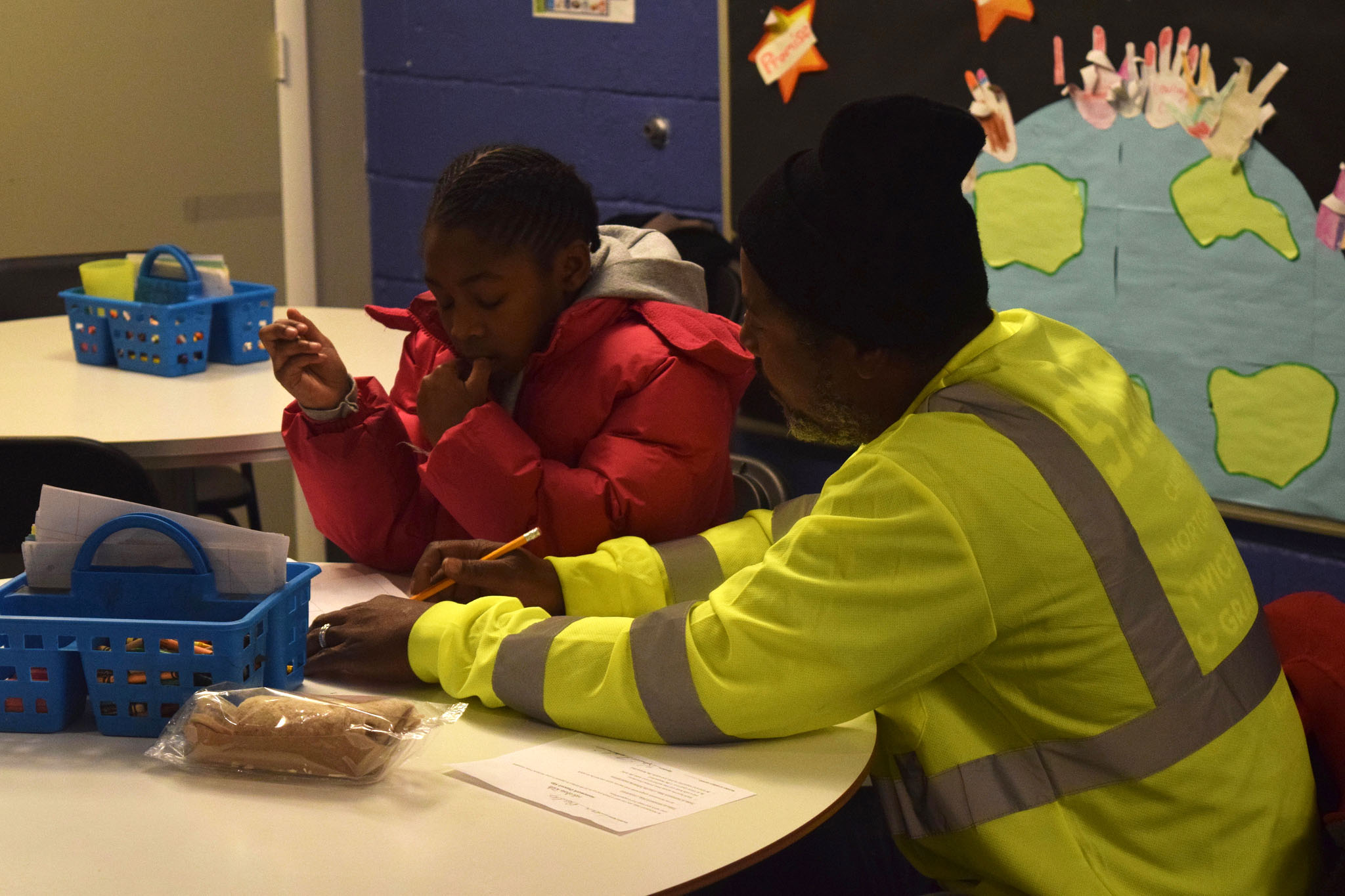
Every day after school, children impatiently wait their turn to enter the homework help room at Horton’s Kids Community Resource Center. As they fidget in line, they can’t help but notice the high school diplomas and graduation pictures of former students that plaster the hallway.
“They look up and see names they know, and people they recognize,” Julie Lonardo, the center’s director, says. “You have these little kids who will say, ‘I’m going to be on the wall someday.'”
Over the last 30 years, Horton’s Kids has provided services to hundreds of children in grades K-12 in the District of Columbia’s Ward 8. The community resource center has been on the ground floor of a Section 8 housing complex in Wellington Park, in Southeast D.C., for over a decade.
Back when Lonardo started working for the organization, in 2002, graduating high school was relatively rare for students in this geographically isolated neighborhood, which has one of the highest rates of violent crime, gang activity, and substance abuse in D.C. In Wellington Park, just five miles east of the White House, nearly 80% of adults do not have high school diplomas. Public schools in the area are some of the most chronically underperforming in D.C., and only 15% of their elementary students read at grade level.
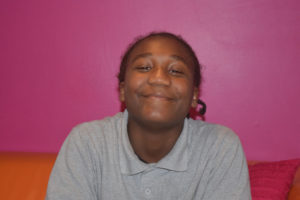
But for students in Horton’s Kids programs, high school graduation rates are now nearly twice the neighborhood average. Last year, 93% of students in tutoring improved their literacy skills.
“Right now, I’m getting very good grades, so my mom is very proud of me,” Dion, a 6th grader who has been a part of Horton’s Kids for as long as he can remember, says. “I come here every day to finish my homework.”
Children who grow up in poverty face steep challenges to their education, health, and well-being. In the District, classified as a Big City using the American Communities Project‘s typology, more than one out of four children (27%) live in poverty, above the national average of 21%. In Wellington Park, that number is closer to 100%.
Though D.C.’s policies toward poverty, such as access to health insurance and universal pre-kindergarten, are arguably some of the most progressive in the country, many families still struggle to stay afloat. Horton’s Kids helps fill gaps in the system and has become an integral part of the neighborhood. From a computer room to a food pantry, from job listings to clothes for interviews, the center and its resources are just a few steps away for children living in Wellington Park.
This place-based approach is a key part of the center’s success. “Where we are located is extremely important,” Lonardo says. “We are the main entrance to the neighborhood. The kids are coming because they want to come.“
But it’s not only the location that contributes to the center’s connection with the neighborhood. “Our center is a warm, welcoming environment where children and are known by name,” says Billy Fettweis, Horton’s Kids development and communications director. “We have deep, trusting relationships with the families we serve that often span generations.” The center is open two days a week specifically for adults, allowing them to get help in applying for a job, meet about their child’s progress, in addition to other services. The center is open six days a week for children — every day after school and one day on weekends.
Horton’s Kids programs address multiple barriers that a child may face simultaneously, focusing not only academics, but also their personal development and health and basic needs. Parents are also involved with Horton’s Kids in numerous ways, from attending parent council meetings, to coming by the center after school to see how their kids are doing and engage with the center’s 32 staff and numerous volunteers.
“Our staff and volunteers truly care about the kids and are excited to see them each day,” Lonardo says. “The children know that and look forward to coming to the center to see them, get hugs, and talk about how their day went. They know that regardless of what else is going on in their life, they can always come to the center and see the same friendly faces, get food, and have a space to be with their friends.”
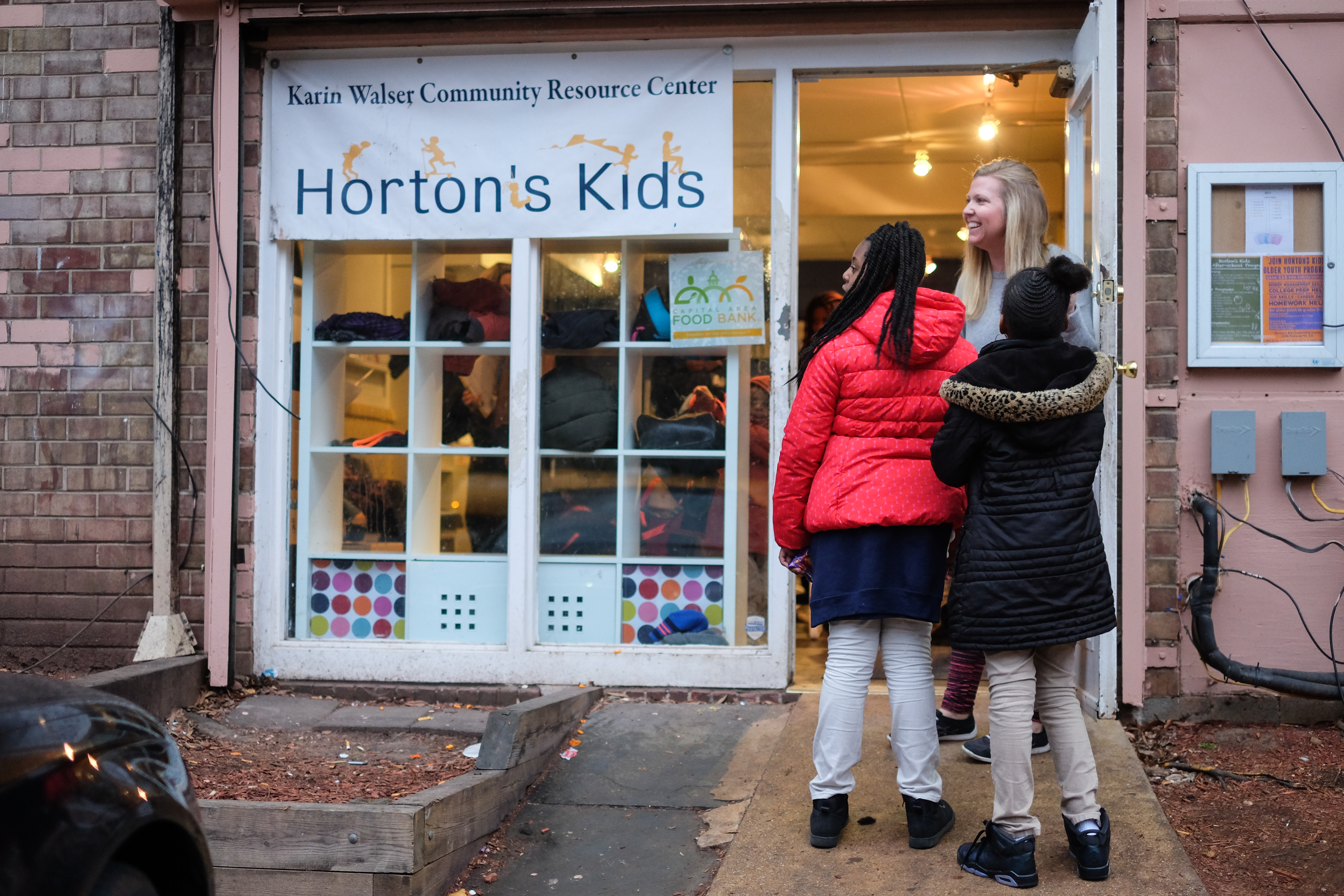
A District of Disparities
The circumstances surrounding child poverty in Washington, D.C., are complex. To start, the District has become one of the most expensive cities in the country.
Overall, the District’s incomes are higher, too; in D.C., the median annual household income is $74,093, outpacing other Big Cities (median $58,742) and the U.S. (median $57,617). But the District’s growing wealth is not reaching all residents equally. Income inequality is significantly higher here compared with other Big Cities.
Place and race are strongly connected to child poverty in the District. “While the majority of the city has grown more affluent over time, especially as neighborhoods have redeveloped, that kind of prosperity has not been shared across the city, particularly with residents of color,” says Shana Bartley, executive director of DC Action for Children, an organization founded in 1992 that analyzes data and policies on issues facing D.C. children and youth.
Child poverty is defined as children living in families with incomes below the federal poverty threshold, which in 2016 was $24,339 per year for a family of two adults and two children. Child poverty persists in concentrated pockets, largely to the east of the Anacostia River. This area includes Wellington Park, where the annual household income is just $10,000.
(For context, a D.C. council report found that for a single parent with two children to afford living in the District without government assistance, a parent would need an annual income of roughly $96,885. While the existing social net is “robust enough to allow a prototypical extremely low-income single parent with one or two children to meet their families’ needs” the report notes that just because someone is eligible for a safety net program does not guarantee that they have been able to access it.)
According to DC Action for Children, child poverty rates vary widely by neighborhood from 67% of children living in poverty in Historic Anacostia, in Southeast, to just 1% in wealthy neighborhoods such as Georgetown, Hillandale, Friendship Heights, and Tenleytown, in Northwest. Wards 5, 7, and 8 have the highest share of young children and also the lowest median family incomes.
As poverty becomes more concentrated in Southeast D.C., some nonprofits are transitioning to be closer to the people they serve. For example, Martha’s Table, an organization providing education, food, and family support in D.C., closed its headquarters in Ward 2 in 2018 and reopened them in Ward 8, not far from Horton’s Kids.
The disparity of child poverty by race is also extremely stark. While essentially no white children are living in poverty in D.C., 38% of black children, and 22% of Hispanic children live in poverty, according to the Urban Institute. (There was not sufficient data to calculate percentages for other races and ethnicities.)
“Many of the families in poverty in D.C. are families are color,” says Urban Institute housing and neighborhood policy researcher Leah Hendey, who has written about creating an equitable future for D.C. “For generations those families have been systematically denied opportunities to build wealth and to pass it on to their children.”
Poverty can’t be looked at solely in its present-day context, Hendey says. The District has a long history of blocking families of color from gaining wealth. In parts of D.C. in the early and mid-1900s, so-called racial covenants forbade the sale of homes to black families. And redlining, when banks refused to lend mortgages in parts of the city outlined in red on a map, has harmful effects to this day. Five decades after redlining was banned, these areas are still much more likely to be home to lower-income, minority residents.
“This city has a really rich history of diversity,” Bartley says. “And what are we doing to ensure that folks who have called this place home for a very long time can continue to do so?”
Consequences of Child Poverty
Child poverty is connected to a range of health problems. Poverty is linked to a higher likelihood of premature birth and low birth weight, and children growing up in poverty are at risk for developing chronic conditions such as asthma, obesity, diabetes, and mental illness.
Being born poor is also strong predictor of a child’s future poverty status and education. The Urban Institute reports that 21 percent of children born into poverty will spend at least half of their early adult years living in poverty. The likelihood of not finishing high school is three times greater for individuals who are born poor.
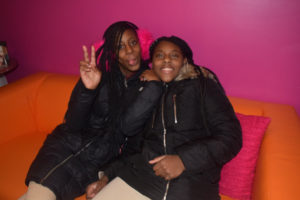
In some impoverished neighborhoods, like Wellington Park, violence also permeates children’s lives.
“It can be good at times and bad at times,” Amillion, 14, a Horton’s Kids student, says about her neighborhood. “There are shootings sometimes. There was this boy who died not too long ago.” The entrance to Horton’s Kids is secured with bullet-proof glass and watched by an armed security guard whenever programming takes place.
Trauma and toxic stress can have lifelong detrimental effects on children, including delaying brain development. “Even when their support system is strong, children living in communities with high rates of violent crime experience fear and anxiety regularly — when they walk to school, ride the bus and play outside,” Lonardo and her colleagues wrote in an op-ed in the Washington Post last fall following the death of one of Horton’s Kids students, TaQuan Pinkney. “Exposure to this kind of chronic elevated stress makes it difficult for them to learn, develop their memory and meet other developmental milestones.” Horton’s Kids addresses the impacts of toxic stress by offering on-site mental health support and social-emotional learning programs.
Children growing up in Wellington Park face numerous challenges, but the community is perseverant, explains Jhae Thompson, deputy director of Horton’s Kids. “One of the very unique strengths of the neighborhood is the way that everyone looks out for each other,” Thompson says. “There is a high level of resilience.”
Closing the Gap
Part of what makes tackling poverty difficult is that it is a cross-issue. “Being unable to find affordable housing and remain stably housed can affect your ability to find a job even,” Hendey says.
And many of the factors contributing to poverty, including housing, jobs, and education have “deeply embedded inequities,” she explains. “It takes a lot to really address the results of decades of systemic racism and discrimination.”
There is no clear roadmap for how the District will solve the problem. “It’s sort of surprising how little we know about closing the inequality gap in cities,” says Becky Strauss, a fellow with the D.C. Policy Center, an independent policy and research center that provides analysis on local policies. The District is one of the most liberal areas of the country, and residents largely accept taxes that go toward social services, she adds. “D.C. should be the sort of city that could figure this out.”
Lonardo can quickly point to pitfalls for families in poverty. For instance, a Section 8 housing voucher in Wellington Park covers rent — residents pay anywhere from $25 to $1,000 per month — but not utilities. “We have families that we find out have been in the dark for a month or two,” she says. When they discover a family is living without electricity, they do what they can to connect them with organizations that help cover utilities.
In many instances there is no “ramp” for families to get ahead, Lonardo explains. When they start earning a higher wage at their jobs, their rent almost immediately goes up. They can’t use daycare vouchers until they prove they have job. “But you can’t get a job if you don’t have daycare,” she says. She recalls the story of one 17-year-old female, eight months pregnant, who was on the verge of homelessness; she couldn’t receive the services she sought until she was officially considered homeless.
“It just seems everything is really difficult,” Lonardo says. “There are so many barriers from the start.”
Bright Spots
The District surpasses other large cities in offering anti-poverty programs, according to Strauss. She highlights that D.C. has one of the nation’s highest rates of children with health insurance, offers public pre-Kindergarten, has raised the minimum wage, and voted for all D.C. employers to offer paid family leave starting in 2020.
D.C. is also one of a few cities with a locally-funded housing voucher program, called the Local Rent Supplement Program. “D.C. is at the cutting edge,” Strauss says.
Bartley, the DC Action for Children executive director, agrees that D.C.’s policy making is certainly better than most places, and believes building up the leadership of people of color is a vital step toward equity.
“It starts with leadership and vision setting and who is at that table,” Bartley says, adding that the people who have experienced inequity need to be part of the discussion. “I think it takes a lot more collaboration across systems.”
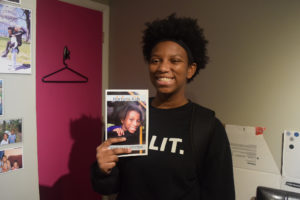
Both Bartley and Hendey say they are optimistic that momentum is shifting in the right direction. Nonprofits and grant-giving organizations are increasingly emphasizing equity. “People are talking about racial equity in a way that wasn’t happening in D.C. five or six years ago,” Hendey says.
At the neighborhood level, children in programs like Horton’s Kids are succeeding despite the nearly insurmountable odds of growing up in poverty.
The center’s wrap-around services, including one-on-one mentoring, college and career readiness programs, and life skills sessions, help keep their older youth engaged. About 96% of these 7th grade, 8th grade, and high school students are on track to graduate high school. A staff or volunteer member of Horton’s Kids attends every single student’s high school graduation.
Khamari, a 7th grader, explains some of the reasons why she loves coming to Horton’s Kids. “We always have picnics,” says Khamari, 12. “We have a Christmas party, a Halloween party, an Easter party, every year. It be really great to be here.”
